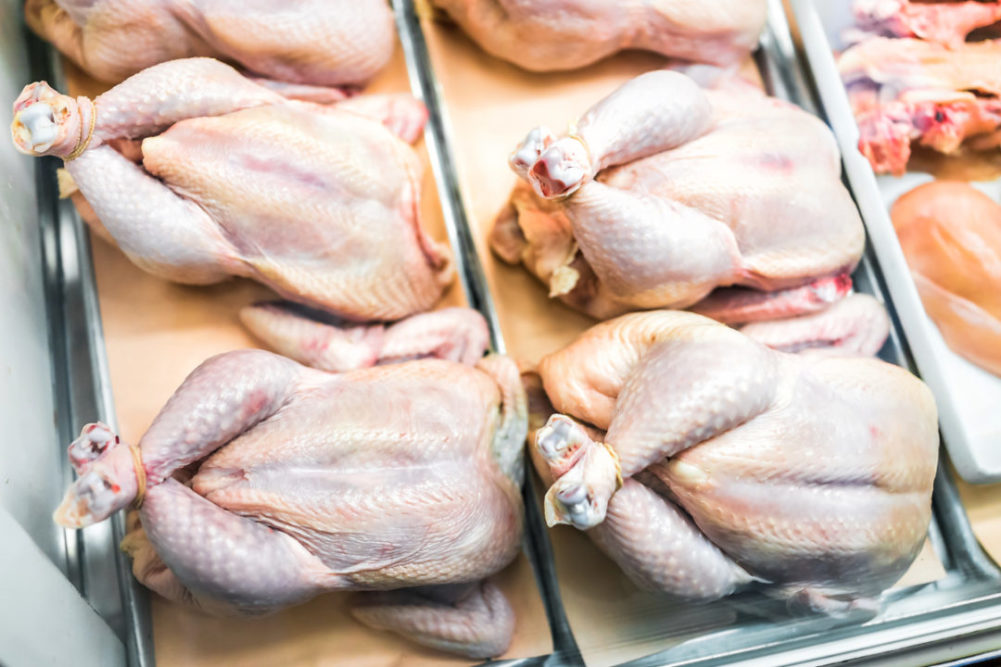WASHINGTON– On May 26, the US Department of Agriculture (USDA) published various proposals that the agency said are intended to even the playing field among livestock and poultry producers and meat and poultry processors.
New initiatives by the USDA included a proposed rule under the Packers and Stockyards Act that would require poultry companies and live poultry dealers to provide information contract producers need to make production contract decisions.
“The Packers and Stockyards Act is crucial for protecting farmers and ranchers from excessive concentration and unfair, deceptive practices in the poultry, hog, and cattle markets,” said Agriculture Secretary Tom Vilsack. “But after 100 years, it needs to take modern market dynamics into account.”
The USDA is examining the current tournament-style system in poultry growing and how it could be fairer to producers by allowing them to participate in the process more. The agency also released a new report focused on addressing agricultural competition in several sectors across the United States.
“With this report, USDA is also announcing plans to complete a top-to-bottom review of programs for alignment with supporting competition and a new review of the most widely used animal-raising claims to help ensure those claims are adequately verified,” the agency said.
Following these announcements from the USDA, the National Chicken Council quickly responded saying these actions would not help with lowering food prices, increasing competition or reducing inflation.
“This is a solution in search of a problem,” said Mike Brown, president of the National Chicken Council (NCC). “The last thing the Biden administration should be doing is pushing increased regulations, red tape and costs onto businesses at a time of record inflation and input costs, threatening food security and potentially raising grocery bills even further for Americans. There is a huge misunderstanding in this administration of how businesses operate. Everything this administration has touched has led to increased prices for consumers – whether its gas, home heating bills or infant formula. Chicken seems to be next.”
Brown added that the NCC is reviewing the 155-page proposed rule and would provide more detailed comments in the future.
Along with its proposed policies on the poultry industry, Vilsack and the USDA also disclosed that it would make $200 million available under the Meat and Poultry Intermediary Lending Program (MPILP). The agency said the funds would finance independent meat and poultry processors to start-up and expand operations.
The MPILP would provide up to $15 million in grants to nonprofit lenders, including private nonprofits, cooperatives, public agencies, and tribal entities.
In its final pronouncement, the National Institute of Food and Agriculture (NIFA) announced that it would invest $25 million into meat and poultry agriculture workforce training.
NIFA explained its two funding opportunities, including $5 million for extension risk management education and sustainability research programs.
The programs will support the development of meat and poultry processing training and educational materials for place-based needs, especially for small to medium-sized farms and ranches. Some of the examples NIFA gave for applying these skills could be for mobile processing units, on-site processing, farm-to-fork (restaurateurs) and boutique grocers.
An Agricultural Workforce Training (AWT) investment of $20 million was also announced for qualified community colleges to support meat and poultry processing development programs.

